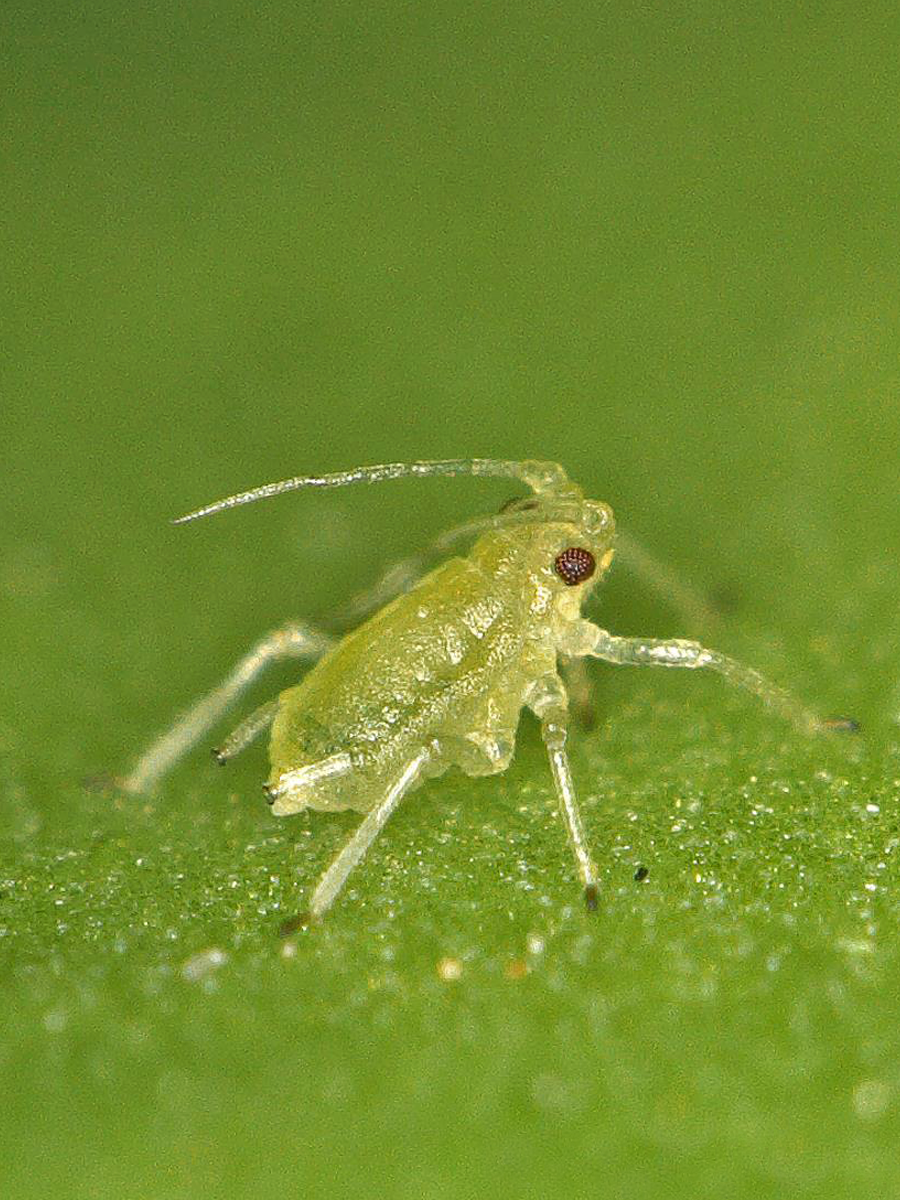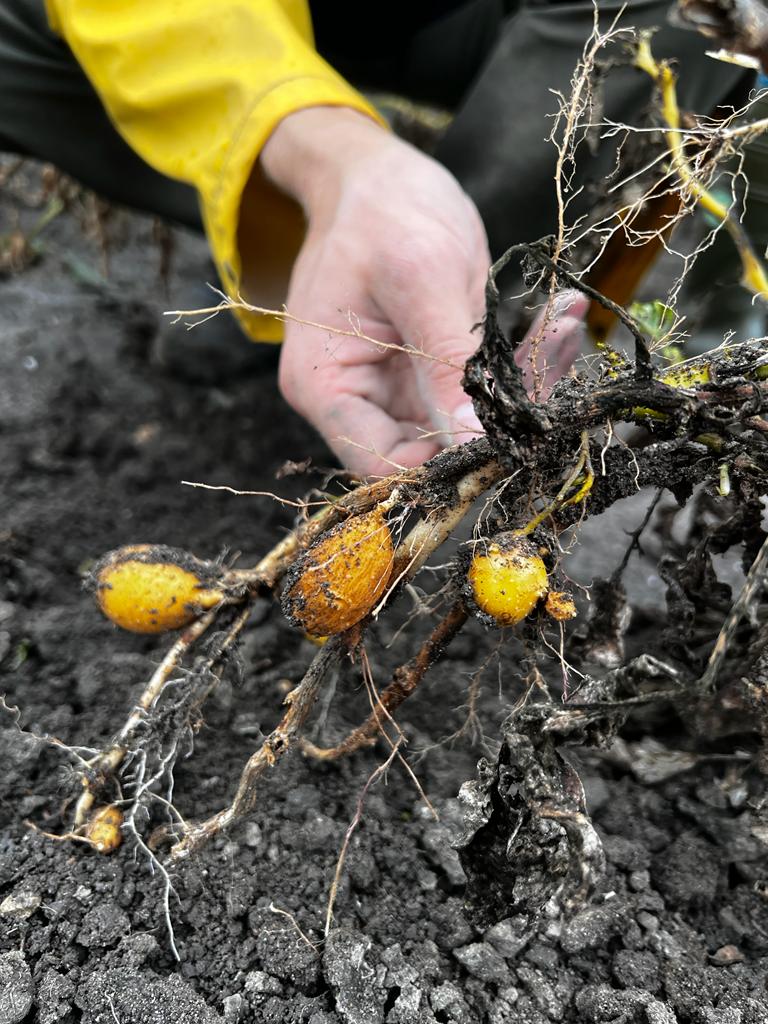Development of environmentally friendly insecticides based on dsRNA
Insect pests are responsible for up to 30% of global crop losses, causing an estimated economic loss of more than 500 billion euros per year. This damage is expected to increase further due to the spread of invasive pests. Climate change, globalised trade and increasing travel activities are facilitating their spread.
The most important weapon in the fight against insect pests are insecticides, which have been heavily criticised for their environmentally damaging effects. The development of new, sustainable pesticides is therefore becoming increasingly important. The Fraunhofer Institute for Molecular Biology and Applied Ecology IME, Bioresources Division (IME-BR) is facing up to this challenge and is focussing on the development of selective and therefore sustainable pesticides based on double-stranded RNA (dsRNA).
The focus is on two insect pests:The reed glasswing cicada (Pentastiridius leporinus) and the green peach aphid (Myzus persicae).Pentastiridius leporinus is the main vector for two bacterial pathogens. The pathogens, the γ-proteobacterium Candidatus Arsenophonus phytopathogenicus and the stolbur phytoplasma Candidatus Phytoplasma solani, cause the disease syndrome ‘basses richesses’ (SBR) in sugar beet.This syndrome leads to yield losses and a reduction in sugar content.In the potato plant, SBR leads to potato wilt.
Myzus persicae transmits several plant pathogenic viruses that cause yield losses of 30-50 %. The control of Myzus persicae is particularly challenging due to its strong resistance to chemicals and the EU-wide ban on the use of neonicotinoids that has been in force since 2019. New crop protection products that reduce the effects on non-target species and thus environmental damage are therefore urgently needed. RNAi-based plant protection using sprayable dsRNA is a promising approach for the selective and sustainable control of Pentastiridius leporinus and Myzes persicae. For this reason, the Fraunhofer IME-BR would like to research effective targets against the two pests and develop a formulation for use in the field.
 Fraunhofer Institute for Molecular Biology and Applied Ecology IME
Fraunhofer Institute for Molecular Biology and Applied Ecology IME


